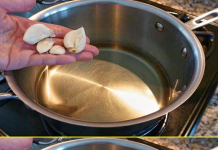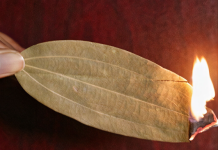The sound of crackling fire, the smell of burning wood, dancing flames and heat that penetrates deep into your bones are all benefits of heating with a wood stove.
Over time, that good wood fire creates a build-up of creosote and ash in the firebox, which means it’s time to clean the stove.
Warmer fires produce less creosote, another good reason to keep a wood stove clean.
Softer woods, such as pine, produce more creosote. Pine is ideal for lighting a fire and has a pleasant smell. Instead of giving up burning pine, you can always clean your wood stove more frequently.
Safety Tips
Never clean a hot stove. Let it cool completely.
Always wear gloves when removing ashes.
Be aware that embers buried in the ashes can stay hot long after the fire is out.
Always dispose of ashes in a metal container, never plastic.
When you’re finished cleaning, take out the ash bucket in case there are still hot embers in the ashes.
Tools for the job
You will need a metal bucket and a shovel. Choose a bucket with a lid to prevent the ashes from spilling all over the house when you take it out.
I recommend getting a heavy-duty metal shovel and a coarse-bristled brush to make cleaning the ashes, wood and bark around the wood stove easier.
To clean the glass on the wood stove door, you’ll need two soft, clean cloths, such as a flannel, and a spray bottle of water.
Although not essential, a small vacuum cleaner is useful for cleaning up spills and thoroughly cleaning the firebox.
And if you decide to clean the stovepipe yourself, you’ll need a chimney brush that fits snugly around the inside diameter of the pipe and extensions. Note: If the chimney brush shows signs of wear, be sure to replace it.
Cleaning your wood stove is often a dirty job. You will need to dress appropriately and, if you have furniture nearby, you can cover it with a sheet.
How often you clean your stove really depends on how often you use it. If you use your wood stove every day as your primary heating source, you will need to at least remove the ashes every day and do a more thorough cleaning once a week or every two weeks.

You should also clean the stovepipe more often during the winter. If you hit the flue when it is cold and hear debris falling out, you should clean it immediately.
If you only use your wood stove occasionally, you can clean it less often.

As a rule of thumb, you should remove the ashes when they are a few inches deep. Too much ash prevents good airflow into the firebox, and what you want is a good, hot burn. If you start to notice a 1/8″ build-up of creosote, it’s time for a thorough cleaning.
How to Clean a Wood Stove
To clean your stove, you must first turn off the fire and let the wood stove cool completely. Safety first, you don’t want to risk burning yourself. Remember that embers buried in the ashes can stay hot long after the fire is out.
Start by scooping out the ashes and placing them in a metal bucket.
Lightly sprinkle the top layer of ashes with water to make the job easier. Once a year, it’s a good idea to clean out all the ashes so you can inspect the firebox and firebricks, but you can usually leave a little ash behind.
If your wood stove is equipped with one, empty the ash pan and ash box.
Using a flashlight, inspect the inside of the hearth, flue and chimney for creosote build-up or crystals. You can use the chimney brush to scrape and clean around the flue. If the creosote is 1/8″ or thicker, you will need to clean the stovepipe. We will come back to this later.
If your wood stove door has a window, you’ll want to clean the glass so you can enjoy the beauty of the fire.
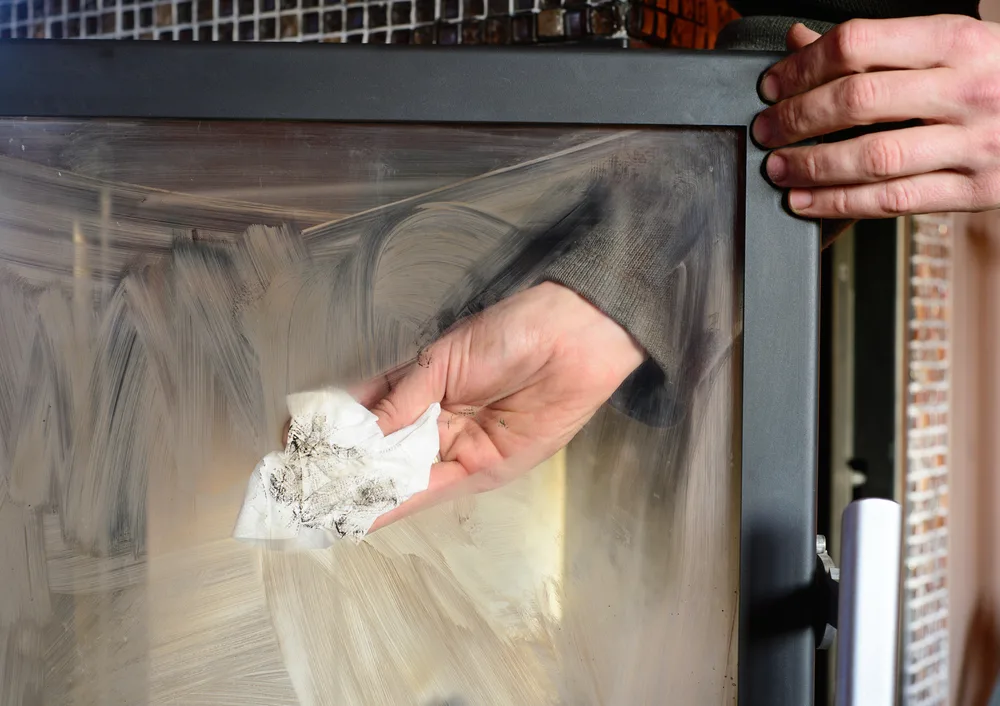
An easy trick is to dampen your flannel square and then dip it in some ash. Gently scrub the glass with the ash to loosen and remove the buildup. Wipe it clean with a little more water and a clean piece of flannel.
Put the lid on your pail and take the ashes outside.
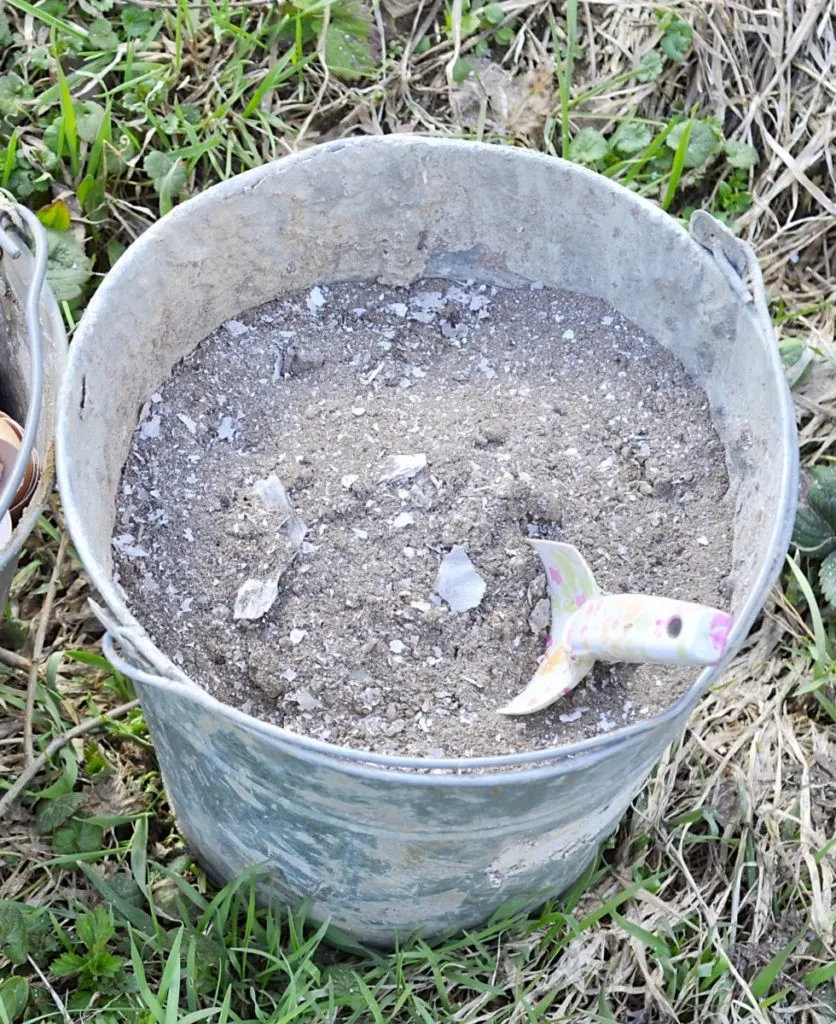
Be sure to put them away from any buildings and allow them to cool for at least 24 hours before using them.
If you need some ideas, here is a fantastic list of 45 Practical Ways to Use Wood Ash Around the Home and Garden.
Cleaning the Stovepipe
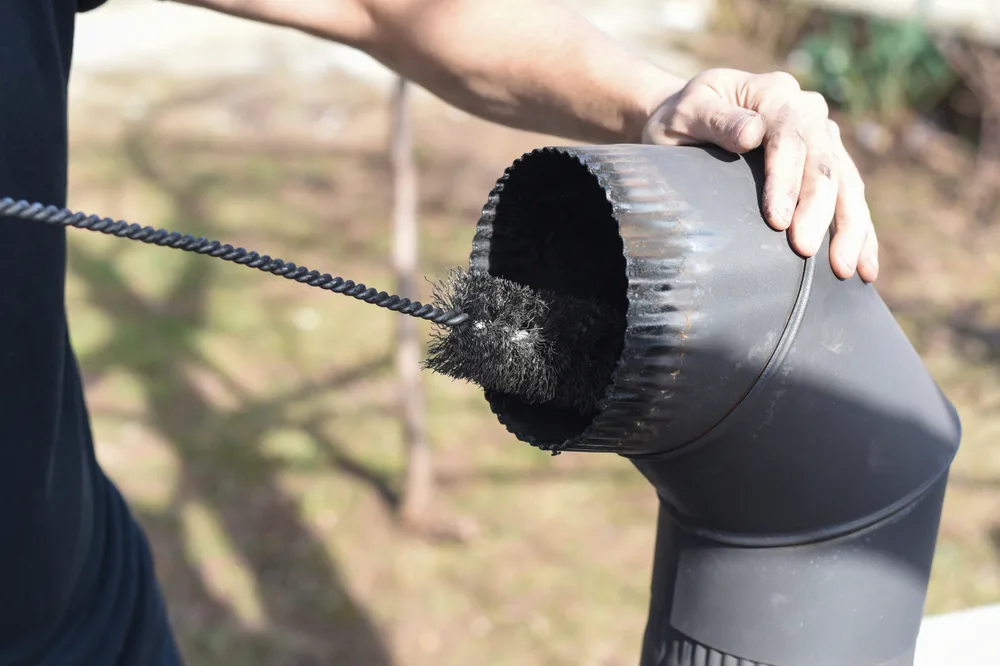
You should clean your stove pipe each year before the heating season. Aside from creosote, it’s common for birds and mice to build nests in your stovepipe in the offseason.
While you can clean your chimney, and many people do, having a professional do the job is sometimes preferable.
Not only will they clean your stovepipe, but they can also inspect it for wear and tear. When deciding whether or not to clean your stovepipe or pay someone else, bear in mind that this means you will be on the roof, sometimes in inclement weather.
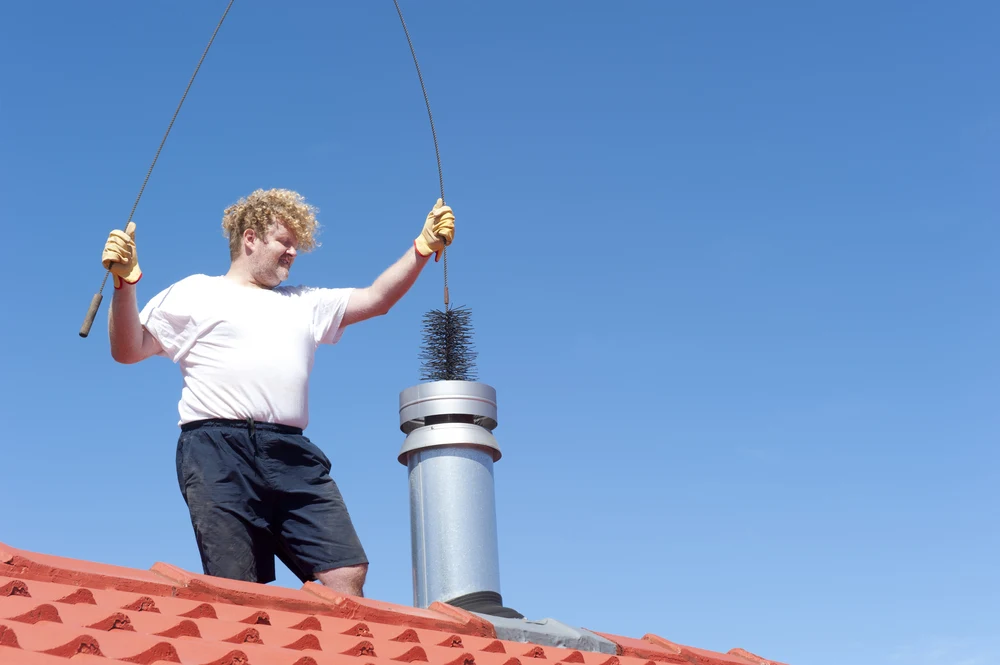
It also requires a lot of physical effort to use the chimney brush and do a thorough job. Please keep your safety in mind when making this decision.
If you opt to clean your stovepipe, never do it alone. Always have a helper on hand.
To clean your stovepipe, make sure the flue is wide open and shut the door to your wood stove. It’s not a bad idea to put an old towel or sheet under the door anyway.
From the roof, you’ll need to remove the chimney cap.
Tie a length of rope to the handle end of your chimney brush, and tie the other end around the base of the stove pipe, that way if the brush slips out of your hand while cleaning, you can pull it back up.
Begin by scrubbing the topmost inside of the pipe.
Really put some elbow grease into it and be sure to twist the brush as well as plunge it up and down.
Once you get down into the chimney a bit, you’ll want to screw the next extension rod onto the end. Continue brushing and scraping and adding extension rods as needed until you run into the flue.
If you have a spark box, this is an excellent time to brush off the vents with your chimney brush.
Replace the chimney cap and you’re done.
Great! You’ve just made a huge mess in your wood stove, but the stovepipe sure looks nice.
Back on the ground and inside the wood stove, scrape and clean the smoke shelf above the damper if there is one and sweep or vacuum the debris from inside the firebox.
Clean up debris around the outside of your wood stove with the dust brush or shop vacuum.
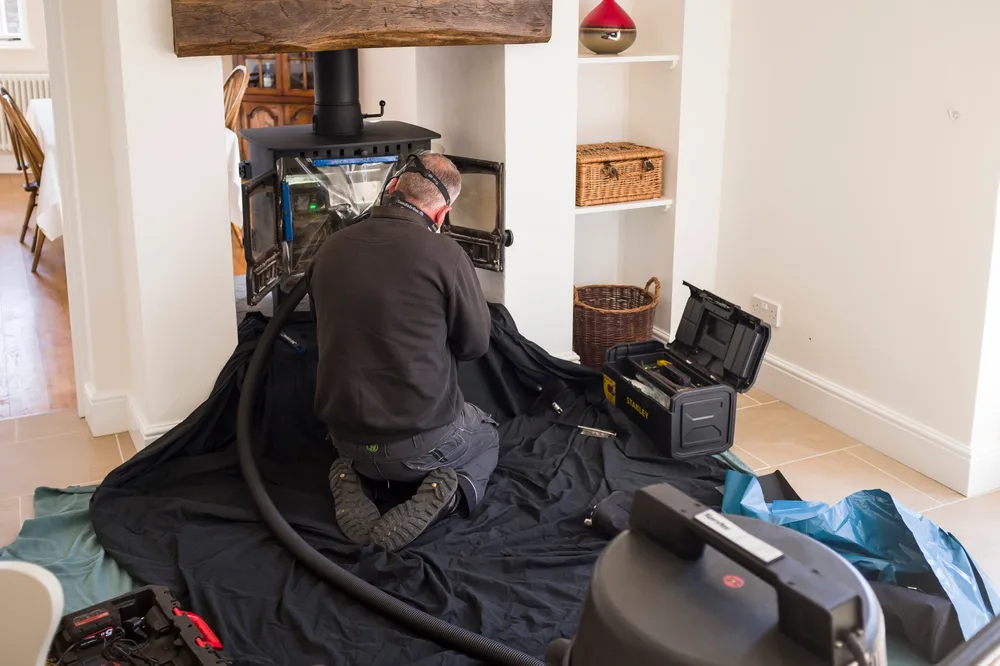
(The fine ash will tear apart a standard household vacuum cleaner’s motor.) It’s important to keep flammable items away from the wood stove to prevent fires.
Take this time to wipe down the outside of the stove with a damp, wet cloth.
And of course, if you use a pot or kettle filled with water to help add moisture to the air, now is a good time to refill it.



